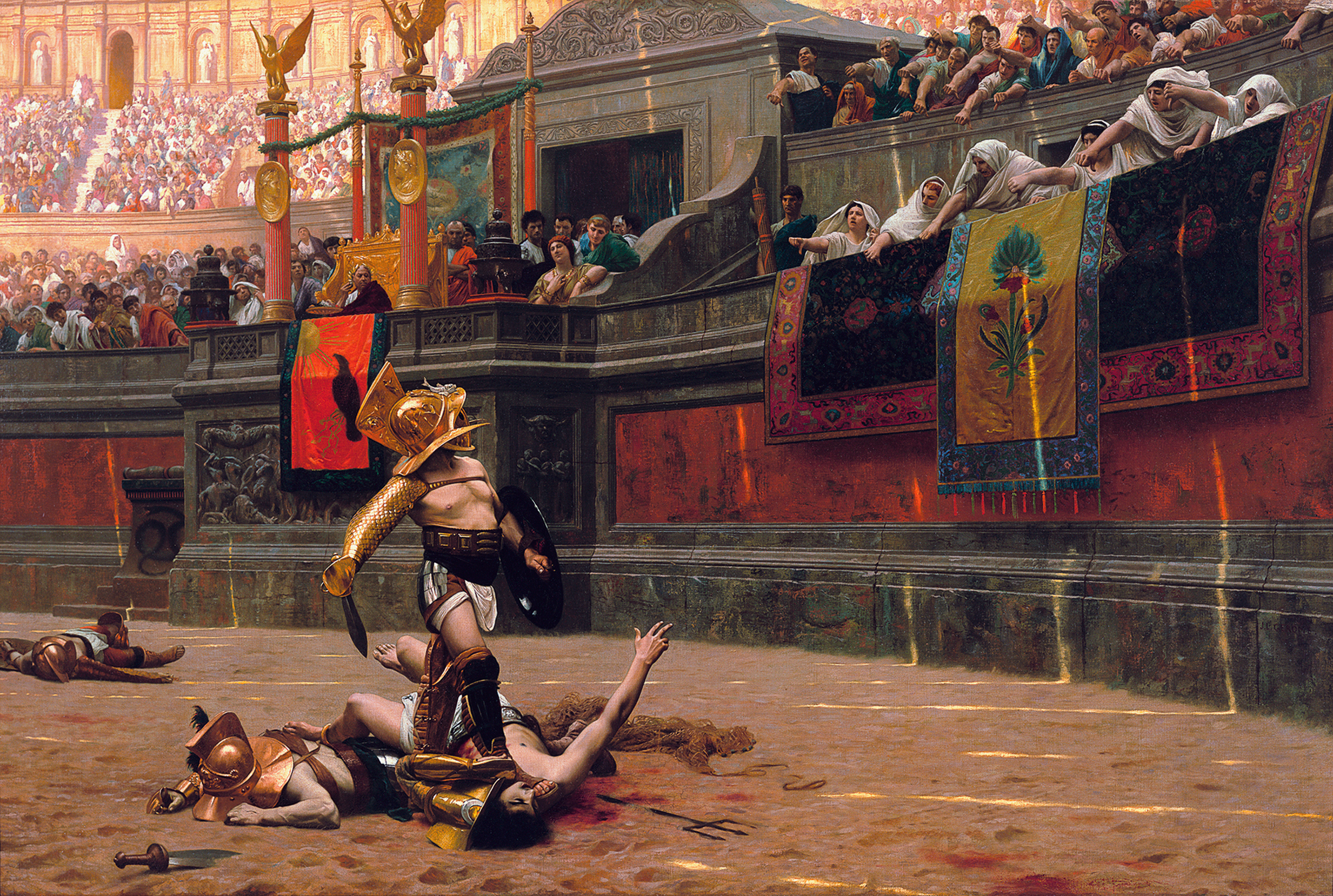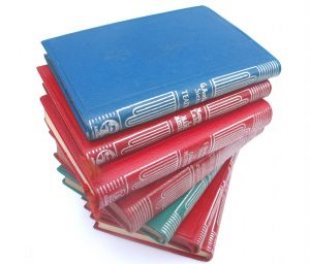Have a look at the photo gallery below

- ©UNESCO-MAB
- Geres /Xures BR
The 21st session of the International Coordinating Council of the Man and the Biosphere Programme (MAB-ICC) is held from 25 to 29 May 2009 on the Island of Jeju, Republic of Korea. Today the MAB-ICC decided to add 22 new sites from 17 countries to the UNESCO's World Network of Biosphere Reserves (WNBR) which now counts 553 sites in 107 countries. The new sites include:
Lagunas de Montebello, Mexico, is set in a hydrological region of high biological diversity. Its location - in the area that connects the Highland region of Chiapas and the coastal plain of the Gulf of Mexico, which corresponds to the central massif - makes it particularly important. The karst landscape and more than 50 lagoons of varying sizes give the area its scenic beauty. The site is critically important for water harvesting and climate regulation. Local communities are involved in the management of the site's ecological resources. They practice a range of agricultural activities increasingly focusing on practices compatible with conservation function. For example the traditional coffee production has shifted to organic production with organic conversion of the grain which, together with reforestation and tourism activities have emerged as alternatives which support the sustainable development of the area.
Fuerteventura, Spain, is the second biggest island of the Canaries archipelago, close to the West African Coast. It includes a wide range of ecosystems from desert or semi-desert areas to coastal and marine habitats. While the island is characterized by a rich diversity of marine species, including dolphins and cachalots, as well as marine turtles that reproduce on its beaches, the biosphere reserve also represents one of the world’s major geopalentological observatories. Development of sustainable ecotourism practices is the major focus of the population living on the island. The island is also investing in the increase of its renewable energy capacity, mainly through wind-based and solar energy production and is representing itself as one of the models for the implementation of the European Union's Directive on Renewable Energy.
Flores Island, Portugal, part of the western group of the Azores archipelago, represents the surface part of a seamount close to the Mid Atlantic Riff. It was created by volcanic activity which started less than 10 million years ago. The biosphere reserve includes the whole emerged area of Flores Island and some adjacent marine areas with significant landscape, geological, environmental and cultural assets. High cliffs dominate most of the coastline, which is dotted with islets. The area supports traditional fishing and attracts valuable tourism, specifically for diving, whale and dolphin watching and shore walking.
Delta del Orinoco, Venezuela, is characterized by great biological diversity in its terrestrial and aquatic ecosystems, home to more than 2,000 plant species and a wide array of land and water fauna. The biosphere reserve’s biodiversity is complemented by the cultural wealth of the Warao people. Promoting productive activities within the site creates opportunities to strengthen the Warao communities, secure their settlements and improve their living conditions.
Mount Myohyang, Democratic People’s Republic of Korea, is a sacred site as, according to legend, it was the home of King Tangun, forefather of the Korean people. The scenic mountainous area rises nearly 2,000 metres above sea level. Its spectacular rocks and cliffs provide a habitat for 30 endemic plant species; 16 plant species that are globally threatened and 12 animal species that are also endangered. A wide variety of medicinal herbs also grows in the site.
Shinan Dadohae, Republic of Korea, comprises an island archipelago in the southwest of the country. It includes terrestrial and marine areas as well as large tidal flats, which are home to a great diversity of species and serve as resting places for rare migratory birds. Traditional forms of fishing (e.g. hand-fishing) and salt production are still practiced in this area.
Great Sandy, Australia, a terrestrial, coastal, marine area, features the largest rainforest stand on sand in the world. It includes the natural site of Fraser Island with its freshwater dune lakes, which was inscribed on UNESCO’s World Heritage List in 1992. The local community Burnett Mary Regional Group for Nature Resources Management has promoted the designation of the area as a biosphere reserve fostering ecotourism and niche organic agriculture.
Nokrek, India, is a biological hotspot in the state of Meghalaya featuring undisturbed natural ecosystems and landscapes. Besides harbouring elephants, tigers, leopards and hollock gibbons, the area is also noted for its wild varieties of citrus fruit which may come to serve as a genepool for commercially produced citrus.
Pachmarhi, India, is located in the heart of India, in Madya Pradesh State, and includes tiger and other wildlife reserves. At the interface of several types of forest - tropical, moist and dry as well as sub-tropical hill forests - the area is considered a botanist’s paradise. Through their social and cultural traditions, local tribes contribute to conservation of the forest while drawing on a variety of resources for nutrition, agriculture and income generation.
Similipal, India, is a tiger reserve in the eastern Indian state of Orissa, which used to be the hunting ground of the Maharajah of Mayurbhanj. This tropical environment abounds with tigers, elephants, panthers, deer and numerous plant species, making it a living laboratory for environmental scientists. The area’s tribal inhabitants depend on agriculture, hunting and collection of forest products for their livelihoods but additional sources of income are badly needed to alleviate their poverty.
Giam Siak Kecil – Bukit Batu, Indonesia, is a peatland area in Sumatra featuring sustainable timber production and two wildlife reserves, which are home to the Sumatran tiger, elephant, tapir, and sun bear. Research activities in the biosphere include the monitoring of flagship species and in-depth study on peatland ecology. Initial studies indicate good potential for sustainable economic development using flora and fauna for the inhabitants’ economic welfare. The site is also an interesting experimental area regarding carbon dioxide (CO2) in the context of carbon trade mechanisms.
Mui Ca Mau, Viet Nam, on the southern tip of the country, demonstrates ecological succession systems on new alluvial lands. Its conservation value is further marked by its role as the boundary between mangrove and Melaleuca forests, and as a reproduction and breeding area of marine species. Plans for the sustainable development of the site focus on ecotourism and cultural tourism to showcase the inhabitants’ rich heritage. Training is also planned to improve agriculture and fishing.
Jabal Moussa, Lebanon, is located on the shoulders of the western slopes of the northern Mount Lebanon Chain facing the Mediterranean Sea to the west. It is a relatively large (6,500 ha), wild and unspoiled area protected by municipal laws that aim to conserve its ecological integrity, natural systems and species. Jabal Moussa is renowned for the unspoiled historic Adonis Valley with its ancient agricultural terraces and trails that date back to Roman times. The valley features rivers and streams, rangeland with landraces, mixed forests with oak, pine and olive groves and many economically important plant species, as well as undisturbed wildlife habitats that are home to wolves, hyenas, hyraxes, birds and reptiles.
Lajat, Syria, is located in the southernmost point of Syria on the border with Jordan. The site, known for its extremely diverse biological richness, encompasses some of the most striking landscapes in the region. It offers significant opportunities for developing ecologically sustainable human activity, through existing rotation grazing schemes, landscape restoration and excavations, and development of the Lajat archaeological ruins. Lajat also provides educational opportunities to illustrate the importance of fauna and flora in local life and economy as well as the interdependence of cultural and biological diversity.
Biosphäre Bliesgau, Germany, is applying the concept of the “in-between-city” approach to link two very contrasting landscapes, densely populated and urbanized in the north in the town of St Ingbert, and sparsely populated and rural in the south. It supports extensive ongoing research on ecological changes in its urban, suburban and rural areas in the context of global climate change. The range of activities demonstrating sustainable development, including educational and environmental awareness initiatives, is a source of inspiration for the region. A special Biosphere Association has been established for the site.
Swabian Alb, Germany, is located in the European Jura, with beech forests and extensive orchards as well as pine and spruce forest, grassland and extensive meadows. Close to Stuttgart, it covers a total area of 84,500 ha and has a population of 150,000. Programmes for sustainable development for the biosphere include agriculture and forestry, green businesses and ecotourism, as well as the promotion of local products and cottage industries and there are plans to bolster renewable energy use, notably for transportation. The biosphere includes the Münsingen Military Training Area in the Hilly Alb, an area that was closed to the public during 110 years, until 2005. It remained undisturbed; retaining the characteristics of 18th and 19th century cultural landscapes and is one of the largest noise-free areas in Baden-Württemberg.
Altaisky, Russian Federation, is located in the North-Eastern and Eastern Altaï along major mountain ranges. Noteworthy for its biodiversity and cultural heritage, it covers 3,532,234 ha and is home to 15,000 inhabitants. The core area is a part of the Golden Mountains of the natural UNESCO World Heritage site of Altaï. The site, which cooperates with Ubsunurskaya Kotlovina Biosphere Reserve and the Khakassky national reserve, is important for tourism, including the development of green tourism. Established as a reserve in 1932, it is among the areas of the world least affected by human intervention and has rich flora and fauna. Indigenous populations living in the biosphere’s transitional area include Tubalars, Chelkants, Telengits, Kumandins, Telengits, Kumandins, and Teleuts.
Vhembe, South Afica is world renowned for its rich cultural and biological diversity. It includes northern part of the Kruger National Park, Makuleke Wetlands Ramsar Site, the Soutpansberg and Blouberg bio-diversity hot spots, as well as the Mapungube Cultural Landscape World Heritage Site and the Makgabeng Plateau with more than 1000 rock art sites. Human activities in the site are predominately agricultural, including production of subtropical fruits and vegetables, cattle and game farming and hunting. The Venda, Shangaan and Sepedi people, who are the main population group in the area, have a rich history of traditional indigenous knowledge ranging from wood carving and drum making to traditional healing.
Desnianskyi, Ukraine is located in Eastern Polesie, along the Desna River. With a total surface of 58,000 ha, the site covers a mosaic of ecosystems, including forests, rivers, lakes, flood plains, bogs. It is an important site for environmental research, including monitoring of rare species such as bears and lynx. The main human activities focus on agriculture, forestry, fishery and sport hunting. Main sustainable development activities include organic agriculture and green tourism on the Desna river as well educational activities developed in the context of the ‘Desnianski Zori”ecological camp for schoolchildren. Tranfrontier sustainable tourism is being developed in collaboration with the Russian Federation with efforts to establish a Transboundary Biosphere Reserve between the two countries.
Geres /Xures is a transboundary biosphere reserve situated between Portugal and Spain and established on the basis of the biogeographical continuity of the Sierras Galaico-Miñotas and associated valleys shared by both countries. The importance of the site from an ecological standpoint is due to the richness of forest and peatland ecosystems and a high level of endemic species which had developed under both oceanic and Mediterranean climatic influences. With local communities forming an integral part of the regional landscape, sustainable development centres have been established in the biosphere reserve to support municipalities in their efforts to strengthen the environmental sustainability criteria in local development. With a joint management plan both countries will be able to benefit from each other’s experience and cooperate in the sustainable management of ecosystems and related services of shared characteristics for the benefits of local communities.
Cu Lao Cham – Hoi An,Viet Nam, is a coastal/island/marine site in the central part of the country, which is particularly known for its marine species such as corals, molluscs, crustaceans and seaweed. The biosphere reserve also contains Hoi An, a cultural world heritage site, which is an ancient trading port evidencing the fusion of Vietnamese and European cultures. The linking of cultural assets and natural values in terms of biodiversity, Cu Lao Cham – Hoi An is well poised in promoting sustainable ecotourism.
Tasik Chini, Malaysia, is the country’s first site as a UNESCO designated biosphere reserve. Located in the southern part of the Malaysian peninsula, the site is the water catchment area of Tasik Chini Lake situated in the centre of the biosphere reserve. The lake is a sanctuary for many endemic freshwater species on which intensive research and monitoring is carried out by various research institutions. Handicraft production (such as textiles) around the lake and its tributary rivers are seen to have great development potential for the larger area.




 Part of me wants to disappear and drive to the Rockies…fell instantaneously in love with the topography of Colorado when I was driving to Vegas and became simply gobsmacked at the sheer heights and ethereal beauty of our country.
Part of me wants to disappear and drive to the Rockies…fell instantaneously in love with the topography of Colorado when I was driving to Vegas and became simply gobsmacked at the sheer heights and ethereal beauty of our country.
















